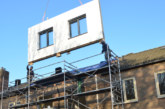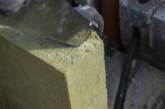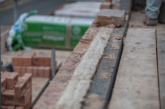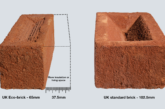Following the announcement of a 30% cut in carbon for all new buildings, as noted in the recently revised Building Regulations, the Head of Technical at CCF is urging the construction industry to make appropriate considerations when enhancing building performance – with insulation likely to have a major role in achieving these targets.
Jolyon Berg, Head of Technical at CCF, said: “Only with robust selection of the right products and correct installation, can all the benefits of insulation be realised. This obviously includes improved energy efficiency which helps to cut carbon emissions, but also includes a range of other factors.”
“Failure to select and install insulation products correctly could result in greater heat loss and higher carbon emissions. It can also affect the performance of buildings from an acoustic and fire safety perspective too, with fire performance in the spotlight in high rise buildings.”
“In terms of ensuring the thermal performance of the building and the corresponding reductions in carbon emissions, fixings or accessories required to keep insulation correctly in place are essential, as is installing the insulation in a continuous layer with no gaps. Further, airtightness is integral to maximising energy efficiency, with products such as vapour control layers (VCLs) and accompanying tapes key for minimising air leakage.”
In addition to reaching government targets, Jolyon believes it’s not just thermal performance that requires consideration when adding insulation.
Jolyon added, “Selecting the right insulation for each building application is key. To do so, there are factors such as acoustic performance, moisture behaviour and compressive strength which need to be taken on board. Not only that, the type of insulation may have a significant impact on the thickness of the walls, therefore affecting the footprint and internal space of the building. With this in mind, its crucial to review product specification during the planning stages of a building.”









